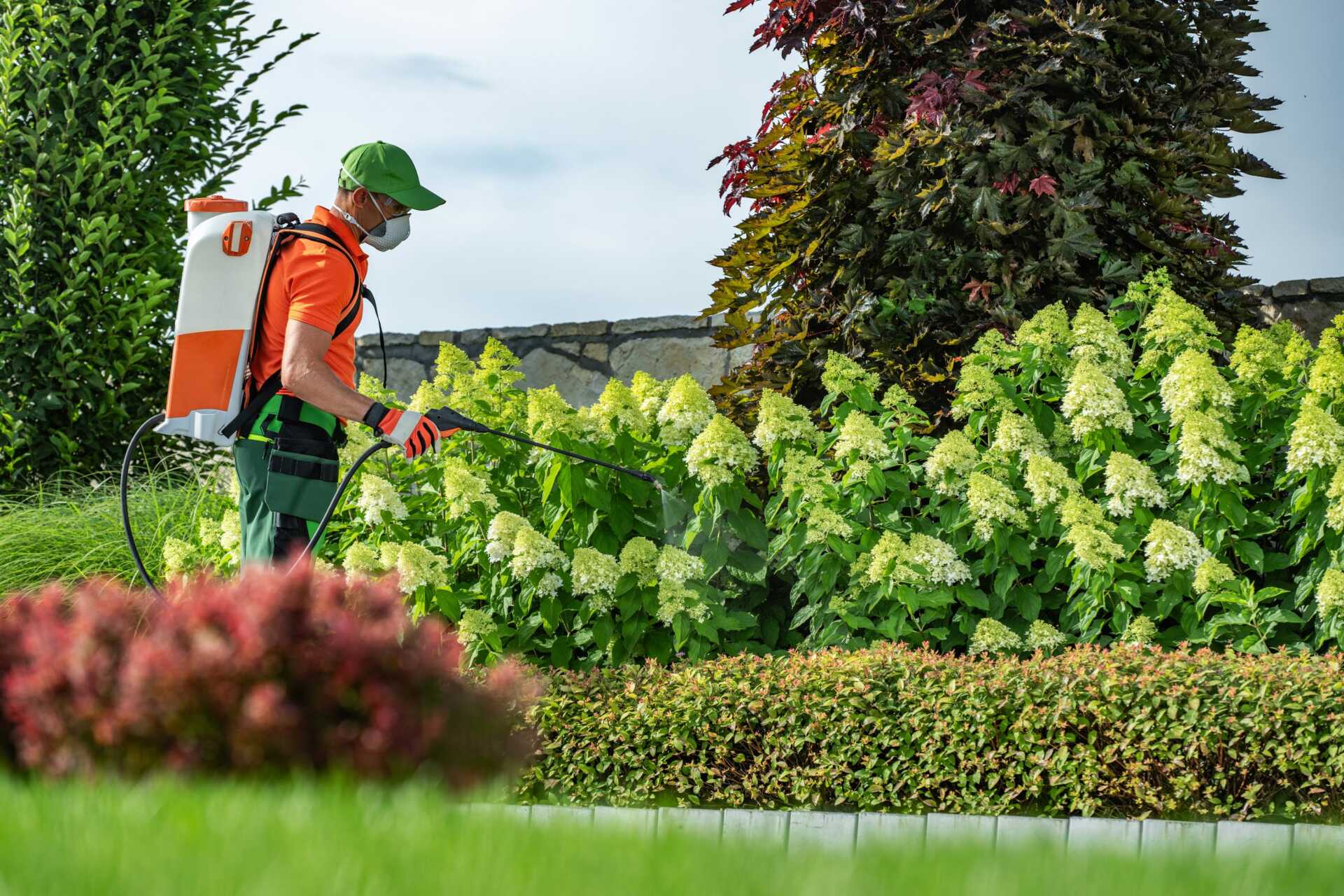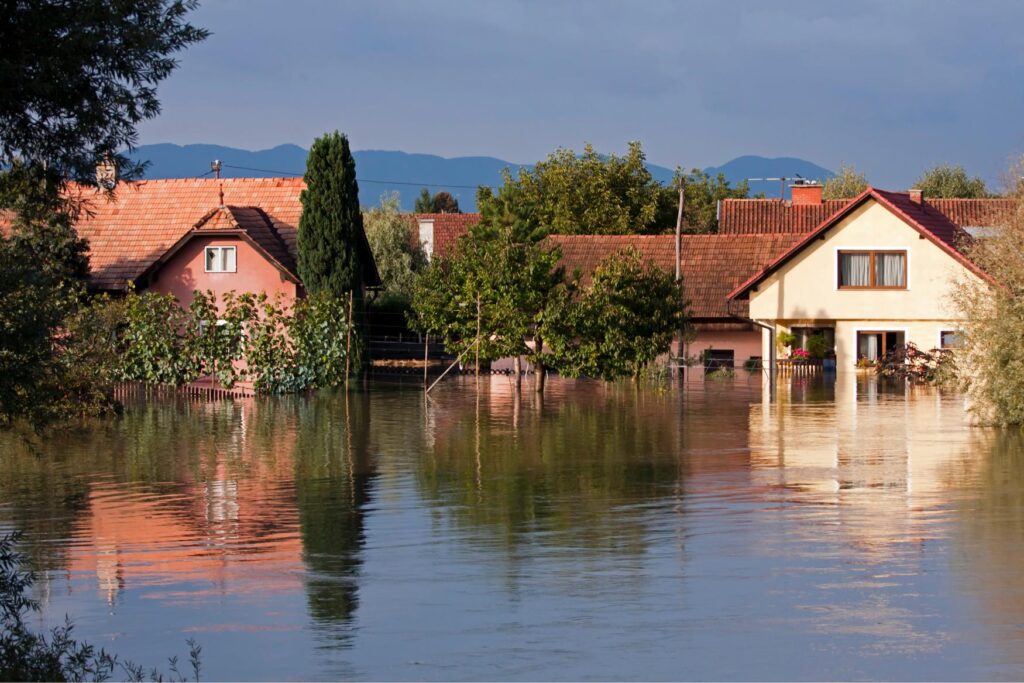Contents
When it comes to maintaining a flawless outdoor landscape, top professional outdoor pest control services are an absolute necessity. Envision a scenario: a landscape free from troublesome intruders that jeopardize its beauty and health. Visualize a team of proficient professionals equipped with the expertise and tools to keep your outdoor space pest-free. But how do these experts truly attain this level of pest control expertise? Let’s delve into the complex strategies and innovative techniques they employ to protect your landscaping from unwelcome intruders.
Pest Inspection Services
When considering outdoor pest control services, one important aspect that can’t be ignored is pest inspection services. Pest inspection services are essential in identifying and evaluating the presence of pests in your outdoor area. By conducting thorough inspections, pest control professionals can pinpoint the type of pests present, their population size, and the extent of the infestation. These inspections involve a detailed examination of your landscaping, structures, and potential pest entry points.
During a pest inspection, technicians will look for signs of pest activity, such as droppings, nests, gnaw marks, and damage to plants or structures. They’ll also evaluate environmental factors that may be contributing to pest infestations, such as standing water, food sources, and shelter. By analyzing these factors, pest control experts can develop a customized treatment plan to address your specific pest issues effectively.
In addition to identifying current pest problems, pest inspection services also play an important role in preventing future infestations. By detecting vulnerabilities in your outdoor area that may attract pests, technicians can recommend proactive measures to minimize the risk of future pest problems. This proactive approach helps maintain a pest-free environment and ensures the long-term health and strength of your landscaping.
Eco-Friendly Pest Treatments
When considering outdoor pest control services, opting for eco-friendly pest treatments is essential for minimizing environmental impact.
Green pest solutions utilize natural ingredients and eco-conscious practices to effectively manage pest populations.
Green Pest Solutions
Utilizing eco-friendly pest treatments is an essential aspect of modern outdoor pest control services. Green pest solutions focus on minimizing environmental impact while effectively managing pests in your landscape. These treatments prioritize the use of natural products and methods that are safe for the environment, humans, and pets.
One common green pest solution is the use of botanical insecticides derived from plants like chrysanthemums or neem trees. These natural compounds effectively target pests while posing minimal risk to beneficial insects and organisms in your garden.
Another approach is the use of biological controls such as introducing natural predators to manage pest populations. Ladybugs, nematodes, and predatory mites are examples of beneficial organisms that can help keep pest numbers in check without the need for harmful chemicals.
Green pest solutions also involve implementing cultural practices like crop rotation, proper irrigation, and maintaining healthy soil to prevent pest infestations. By embracing these eco-friendly methods, you can effectively manage pests in your outdoor space while fostering a harmonious balance with nature.
Sustainable Bug Control
To effectively address long-term bug control in outdoor pest management, a focus on environmentally friendly pest treatments is crucial. Environmentally friendly bug control methods target pests while also minimizing the impact on the ecosystem. Here are some key strategies to take into account:
Biological Controls: Introducing natural predators or pathogens to regulate pest populations.
Botanical Insecticides: Utilizing plant-based solutions like neem oil or pyrethrin for pest management.
Beneficial Insects: Promoting the presence of beneficial insects like ladybugs or lacewings to control harmful pests.
Crop Rotation and Companion Planting: Implementing diverse planting strategies to naturally deter pests and enhance soil health.
Customized Pest Control Plans
For effective outdoor pest control, personalized solutions are essential. When it comes to pest management in your outdoor landscaping, a bespoke approach can make all the difference in effectively addressing the specific pest issues you may encounter.
Personalized pest control plans involve a thorough assessment of your outdoor space to identify the types of pests present, their behavior, and the factors contributing to their presence.
Professional outdoor pest control services begin by conducting a detailed inspection of your landscaping to determine the extent of the infestation and the conditions that may be attracting pests. Based on this evaluation, a personalized pest control plan is developed to target the specific pests plaguing your outdoor area.
This individualized approach ensures that the treatment methods used are effective against the particular pests infesting your landscape while minimizing any potential harm to beneficial insects and the environment.
Seasonal Pest Monitoring
Engaging in regular seasonal pest monitoring plays an essential role in maintaining a pest-free outdoor environment. By being proactive and observant, you can effectively manage pest populations and prevent infestations before they become a problem. Here are some key points to keep in mind when implementing seasonal pest monitoring:
Identification: Take the time to recognize common pests in your area and understand their life cycles. This knowledge will help you predict when certain pests are most active and vulnerable.
Monitoring Tools: Utilize a variety of monitoring tools such as sticky traps, pheromone traps, and visual inspections to track pest activity throughout the year.
Threshold Levels: Establish threshold levels for pest populations based on the specific needs of your landscaping. This will help you determine when action needs to be taken to prevent damage.
Record Keeping: Keep detailed records of pest sightings, weather conditions, and control measures implemented. This information will be valuable in tracking trends over time and adjusting your pest management strategies accordingly.
Targeted Pest Extermination
When considering targeted pest extermination in your outdoor area, it’s essential to focus on specific pest species that pose a threat to your plants and landscape. Identifying the exact pests infesting your garden is pivotal for effective pest control. For instance, if you notice holes in leaves, you might be dealing with caterpillars, while sticky honeydew on plants could indicate an aphid infestation.
To tackle these pests, professional outdoor pest control services employ a variety of targeted extermination methods. Insecticides are commonly used to combat specific pests like aphids, spider mites, or caterpillars. These substances are applied directly to the affected plants, targeting the pests while minimizing harm to beneficial insects.
Biological pest control is another method used for targeted extermination. This approach involves introducing natural predators of the pests into the environment. Ladybugs, lacewings, and certain nematodes are examples of beneficial organisms that can help control pest populations in a focused manner.
Furthermore, traps and barriers can be strategically placed to capture specific pests like slugs, snails, or beetles. These physical control methods are environmentally friendly and help reduce the need for chemical interventions.
Pest-Resistant Planting Strategies
To enhance your outdoor pest control efforts, implementing pest-resistant planting strategies can play a significant role in minimizing the attraction and impact of pests on your garden. By carefully selecting plants that naturally deter pests, you can create a more balanced and harmonious ecosystem in your landscaping. Here are some strategies to take into account:
Companion Planting: Intercropping plants that benefit each other can help repel pests. For example, planting marigolds alongside vegetables can deter nematodes and beetles.
Herbaceous Borders: Utilizing plants like lavender, rosemary, and sage along the borders of your garden can act as a natural barrier against pests due to their strong scents.
Native Plants: Opting for native plant species can attract beneficial insects that prey on pests while being well-suited to the local climate and soil conditions.
Polyculture Planting: Mixing different types of plants together can confuse pests and reduce the risk of infestations. For instance, alternating rows of different crops can disturb the pests’ ability to locate their preferred host plants.
Barrier Pest Prevention Methods
When it comes to outdoor pest control, utilizing barrier pest prevention methods is essential. By implementing natural repellent solutions, barrier installation techniques, and selecting pest-resistant plants, you can effectively create a protective shield against common outdoor pests. These methods work together to establish a proactive approach to keeping your outdoor spaces pest-free.
Natural Repellent Solutions
Utilizing natural repellent solutions is a key aspect of barrier pest prevention methods. These solutions are effective and environmentally friendly, making them a popular choice for those seeking eco-friendly pest control options. When considering natural repellents, keep in mind the following:
Essential Oils: Certain essential oils like peppermint, citronella, and eucalyptus are known for their ability to repel pests such as mosquitoes, ants, and spiders.
Plant-based Repellents: Plants like lavender, marigolds, and basil can act as natural deterrents for insects due to their strong scents and properties that insects find unattractive.
Vinegar Sprays: A mixture of water and vinegar can be an effective repellent for pests like flies and ants when sprayed around entry points and common pest areas.
Garlic and Chili Pepper Mixtures: Creating a spray with garlic, chili pepper, and water can help deter pests like slugs and beetles from damaging your plants.
Barrier Installation Techniques
Implementing barrier installation methods is an essential aspect of pest prevention strategies aimed at creating physical obstacles to deter pests. These methods involve the strategic placement of physical barriers such as wire mesh, netting, or row covers to prevent pests from accessing vulnerable areas in your landscaping.
Wire mesh, for instance, can be buried underground to deter burrowing pests like moles and voles. Netting can be used to protect plants from birds, while row covers create a barrier against flying insects like beetles.
It’s important to make sure that barriers are properly installed and maintained to effectively keep pests at bay. Additionally, sealing cracks and gaps in structures can act as a barrier against pests seeking entry into buildings.
Pest-Resistant Plant Selection
Selecting pest-resistant plants is an essential component of implementing effective barrier pest prevention methods in outdoor pest control services. When choosing plants for your landscaping, opt for varieties that naturally deter pests, reducing the need for chemical interventions and promoting a healthy ecosystem.
Pest-Resistant Plant Selection Tips:
- Native Plants: Select indigenous species that have evolved natural defenses against local pests.
- Fragrant Herbs: Plants like lavender, rosemary, and mint repel pests with their aroma and attract beneficial insects.
- Disease-Resistant Varieties: Choose plant cultivars bred for resistance to common diseases transmitted by pests.
- Companion Planting: Utilize the symbiotic relationships between certain plants to naturally deter pests and promote growth.
Humane Wildlife Removal
When dealing with the need for compassionate wildlife removal, it’s vital to approach the situation with a deep understanding of the behaviors and habitats of the animals involved. Wildlife removal should prioritize the well-being of both the animals and your landscaping. Understanding the species-specific behaviors is critical in devising effective and compassionate removal strategies.
For instance, if you’re dealing with raccoons, knowing that they’re nocturnal omnivores that are attracted to food sources can help you implement strategies such as securing trash cans tightly and removing potential food supplies from your yard.
Similarly, if you have a squirrel issue, understanding their natural instinct to climb and jump can guide you in choosing the right exclusion methods that won’t harm them.
When it comes to compassionate wildlife removal, it’s also important to take into account the legal aspects. Different regions may have specific regulations regarding the removal of certain wildlife species. Consulting with professionals who are knowledgeable about local laws and have experience in compassionate removal methods can guarantee that the process is conducted ethically and legally.
Integrated Pest Management Solutions
To effectively manage pests in outdoor environments, Integrated Pest Management (IPM) solutions offer a thorough and enduring approach. IPM combines various strategies to control pests while minimizing risks to human health and the environment. Here are some key components of Integrated Pest Management:
Monitoring and Assessment: Begin by identifying the type and extent of pest infestations through regular inspections. This helps in understanding the pest behavior and determining the most effective control methods.
Preventive Measures: Implementing preventive tactics such as sealing entry points, maintaining cleanliness, and using pest-resistant plants can help reduce the likelihood of pest issues in the first place.
Biological Controls: Utilize natural predators, parasites, or pathogens to manage pest populations. This eco-friendly approach targets specific pests while preserving beneficial insects.
Chemical Controls as a Last Resort: If necessary, use pesticides judiciously and as a last resort. Selective application of chemicals minimizes their impact on non-target organisms and the surrounding ecosystem.
Emergency Pest Control Services
In situations where pests pose an immediate threat or have unexpectedly overrun outdoor spaces, the need for prompt and effective solutions becomes crucial. During such emergencies, professional outdoor pest control services offer specialized interventions to swiftly address the issue before it escalates. These services are equipped to handle a wide range of pest invasions, from sudden mosquito infestations to aggressive wasp nests that endanger outdoor activities and landscaping aesthetics.
To emphasize the importance of emergency pest control services, consider the following table:
| Emergency Pest Control Services | Benefits |
|---|---|
| Rapid Response | Immediate relief from pest threats |
| Specialized Expertise | Targeted solutions for specific pests |
| Preventive Measures | Strategies to avert future infestations |
| Environmentally Friendly Options | Eco-conscious pest control methods |
When facing a pest emergency, these services provide quick relief and offer long-term solutions to prevent similar incidents. Their expertise in identifying pest behaviors and implementing customized strategies guarantees effective pest management without causing harm to the environment or compromising the outdoor landscape. By engaging professional emergency pest control services, you can be confident that your outdoor spaces will be swiftly restored to their pest-free state, allowing you to enjoy your surroundings without the concern of unwanted intruders.
Final Thoughts
Top professional outdoor pest control services for landscaping offer a comprehensive approach to pest management, utilizing advanced techniques and eco-friendly solutions. By providing customized pest control plans, seasonal monitoring, and targeted extermination methods, these experts guarantee a pest-free outdoor environment while protecting beneficial insects and preserving landscaping health. With their unmatched expertise and dedication to eco-friendly practices, these services are the ultimate solution for maintaining a flawless outdoor space free from pests.




